Whether you’ve just got yourself a Canon DSLR like the EOS Rebel T7i (EOS 800D) or EOS Rebel SL2 (EOS 200D), or have owned one for a while, the camera and the bundled 18-55mm kit lens it just the start of your photographic journey.
The beauty of investing in a DSLR is that while they can be used straight out of the box, there’s a world of accessories out there to help you really harness their power and take even better shots.
These include additional lenses, filters, tripods and a host of other accessories. But with so much choice, where to begin? We’ll point you towards some of the key items of kit you’re likely to want to invest in, and offer suggestions for each.

Best Canon accessories in 2018
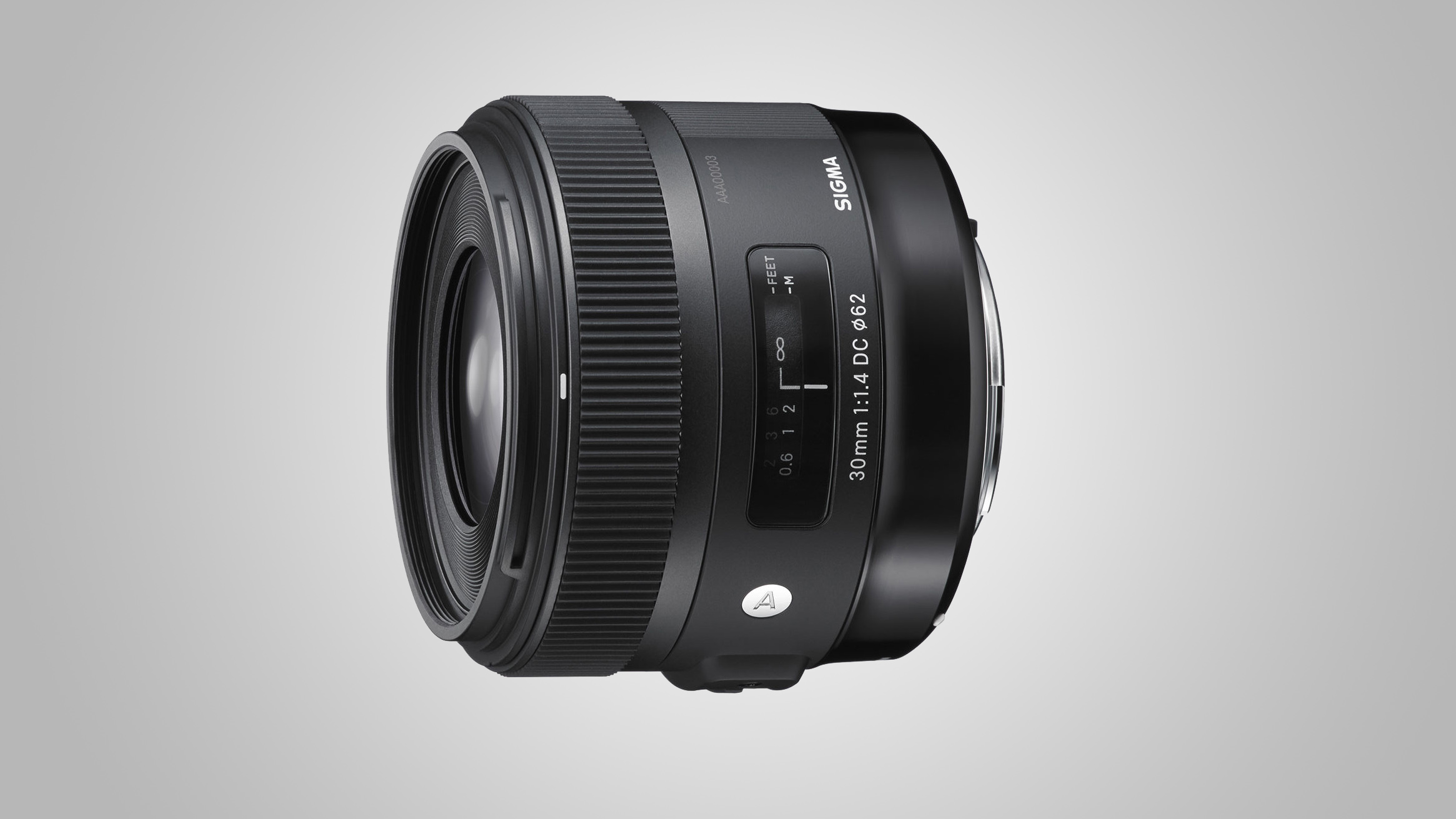
While your 18-55mm kit lens is fine for general photography, its relatively 'slow', in that the maximum aperture available is quite limited. That’s where a prime lens comes in. Often offering a much faster maximum aperture, they let in more light, allowing you to shoot handheld in much poorer lighting conditions. Not only that, but the faster maximum aperture means you can achieve pro-looking shallow depth of field effects to isolate your subject.
They come in a range of focal lengths, but our pick would be the Sigma 30mm f/1.4 DC HSM | A; giving roughly the same field of view as the human eye on a Canon APS-C DSLR, it’s what’s termed a ‘standard’ prime. A must for any photographer.


After buying a new camera, many people opt for a lens with a longer focal length than the ‘kit’ lens that originally came with the body. And given that the most common lenses bundled with many of Canon cameras finish at 55mm, something that picks up and continues from that point is a logical choice here.
Compatible with APS-C-based bodies such as the EOS Rebel T7i / EOS 800D and EOS Rebel SL2 / EOS 200D, this lens provides an effective focal range of 88-400mm. That’s versatile enough for simple portraits to picking out subjects in the distance and everything in between, and the fact that it so lightweight means that it shouldn’t be a burden if you decide to pack it for a holiday or a spot of travelling.
The built-in image stabilisation system will also help you to capture crisper images and steadier video –particular at longer focal lengths – while the deep and tactile zoom ring makes it a pleasure to operate. While it won’t work with full-frame bodies, it’s solid choice for everyday photography if you’re just getting started.

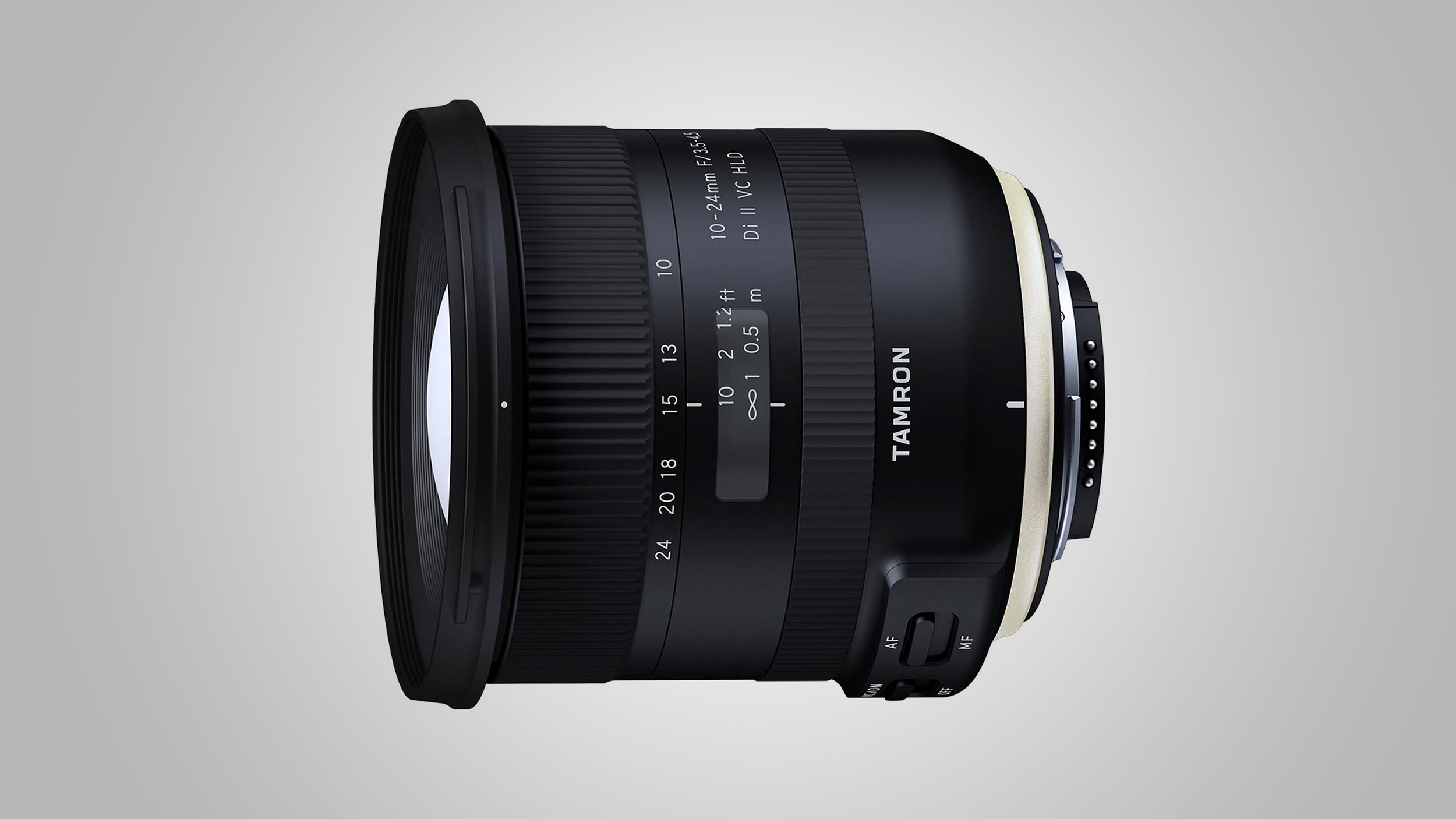
You may well find that you often can’t fit enough into the frame with your camera’s regular kit lens, which is where a wide-angle lens steps in to lend a hand.
This option, which works with Canon’s APS-C cameras, boasts a 10-24mm focal range, which gives you an effective range of around 16-38mm. That’s wide enough for most landscapes, seascapes and indoor scenes where you might be shooting in a tight space.
The lens even has Vibration Compensation to help keep your images sharp, so it’s great if you plan on using it handheld.


The built-in flash on your camera is fine for the odd bit of fill-in flash, but it isn’t powerful enough to do much more than that, which is why you need a dedicated flashgun (or Speedlite, as Canon calls its own models).
Not only do they have much more power than a built-in flash, the head can be tilted and swivelled to change the quality of the light – for example you can bounce the flash off walls and ceilings for a much more flattering look.
And that’s not all, as you also have the option to take a flashgun off your hotshoe and fire it remotely – it does this when detects another flash firing, typically your built-in one, with the power dialled in on the camera, depending on the model.
Or for greater range you can trigger them via a radio trigger (bought separately). Either way you can sculpt the light for a much more professional look, as well as combining multiple flashguns.
Canon offers a host of dedicated models like the Speedlite 430EX III RT, but there are plenty of great third-party options, and one of our favorites is the Metz 52 AF-1.


Despite the advent of digital, lens filters still have their place, and none more so than the humble Skylight or UV filter, such as Hoya's HMC UV filter.
Completely clear in appearance, these have no affect on the final image, but the name of the game here is to protect the front element of your lens.
Rather than being lumbered with a hefty repair bill if you scratch or break the front of your lens, it’s much better to let a Skylight filter take the hit.
Because the front element of lenses are different sizes, you’ll need to make sure you get the right size – you’ll often find this marked in mm around the front of the lens, or on the inside of your lens cap.

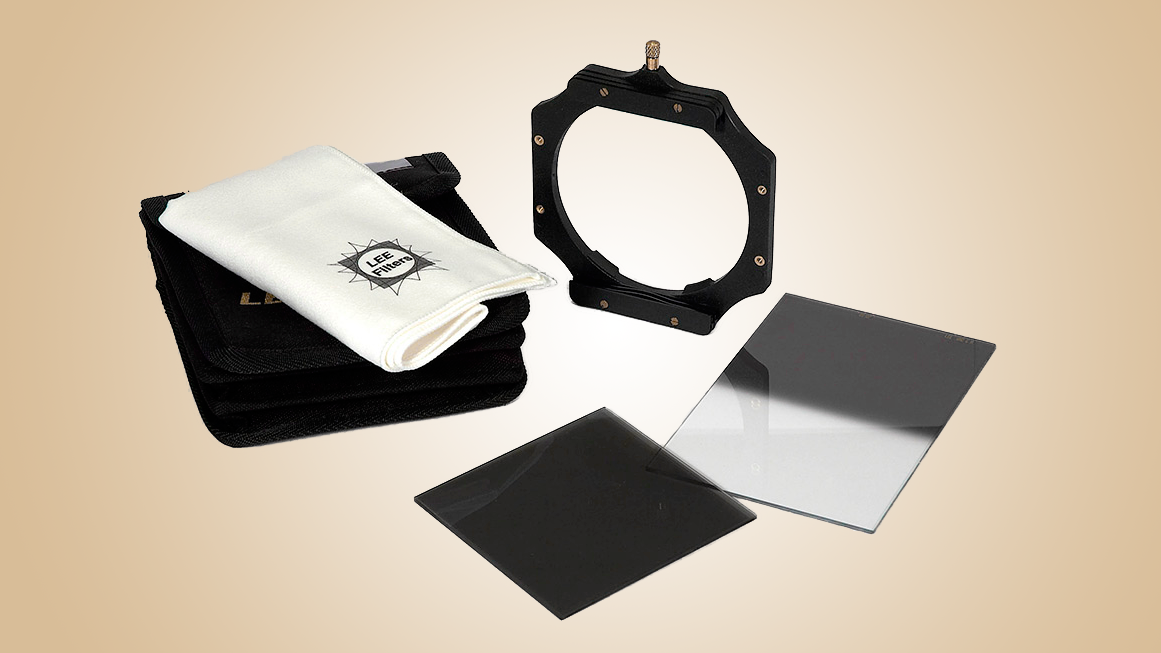
Balancing the exposure between a bright sky and a darker foreground can be tricky, particularly in landscapes and sunrise/sunset shots. You can try and recover shadow and/or highlight detail in Photoshop or Lightroom, but you can get much better results in-camera with a traditional optical graduated neutral density (ND) filter.
Because you need to move the filter up and down to adjust the transition from clear to dark, the square filter system is the only real option for ND grads, and our pick is from the brand favoured by professionals, the Lee Digital SLR Starter Kit.
You get a 100mm filter holder (although you'll have to get an adaptor ring for your lens separately), a 2-stop hard grad for darkening skies, and a 2-stop neutral density filter to enable you to use slower shutter speeds, for example to blur movement in water and clouds.


Tripods are one of the most popular and useful accessories for photographers. While they’re commonly associated with landscape and night-time images, they benefit photographers working in many other disciplines in a number of ways.
The most obvious advantage is that they allow for the use of slow shutter speeds and smaller apertures, but they also gave you the freedom to take your time to get your framing, exposure and everything else spot on.
You don’t have to spend much on a tripod, but if you spend too little it’s likely you’ll be left with something that’s just not stable enough and lacking the control you need. Spend a little more on a good tripod and it should last you for many years, whether it’s a carbon fibre option or an aluminium-bodied one like this option from Manfrotto.
The MT055XPRO3 is crafted with sturdy aluminium legs and offers a 170cm maximum height, together with a generous 9kg payload that will support all kinds of equipment. You can even rotate the centre column to angle the camera towards the ground, which is ideal for many macro and nature scenes.


While some cheaper tripods normally come with an integrated tripod head, or with a separate head included (there are some pricier options that do as well), most photographers like to choose their own tripod head to go with their set of legs.
Three-way pan-and-tilt heads offer plenty of control, so are ideal for studio and close-up photography, while ball-head tripods are more compact and much quicker to use – landscape photographers love them as they’re easier to carry and quick to use on location – and there are also dedicated video heads for videographers. Our pick would be Manfrotto’s XPRO ball head, but there are plenty of choices out there to suit the kind of photography you enjoy.

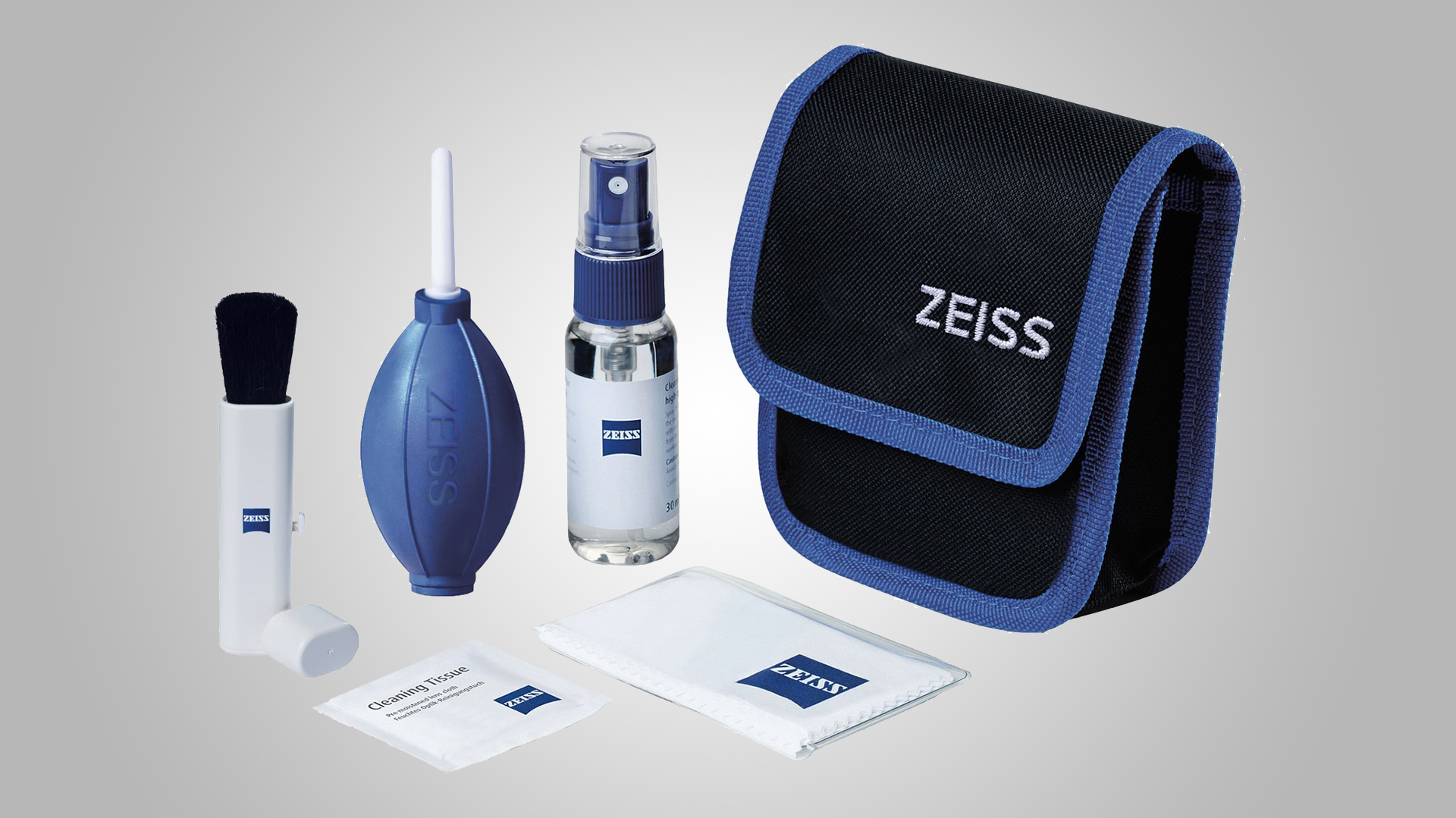
Keeping your camera and lens clean is often overlooked, but it’s a good habit to get into. Doing so regularly will ensure that you can see exactly what you’re doing as clearly as possible, and will keep grease, water droplets and dust particles from appearing in your images.
There are many cheap cleaning kits available, the majority of which include many unnecessary extras, but a handful of basics from a respected brand is really all you need. This kit from ZEISS ticks both of those boxes, with a brush, rocket blower, lens cleaning solution, lens wipes and a high-quality cleaning cloth, all wrapped up in a smart carry case.

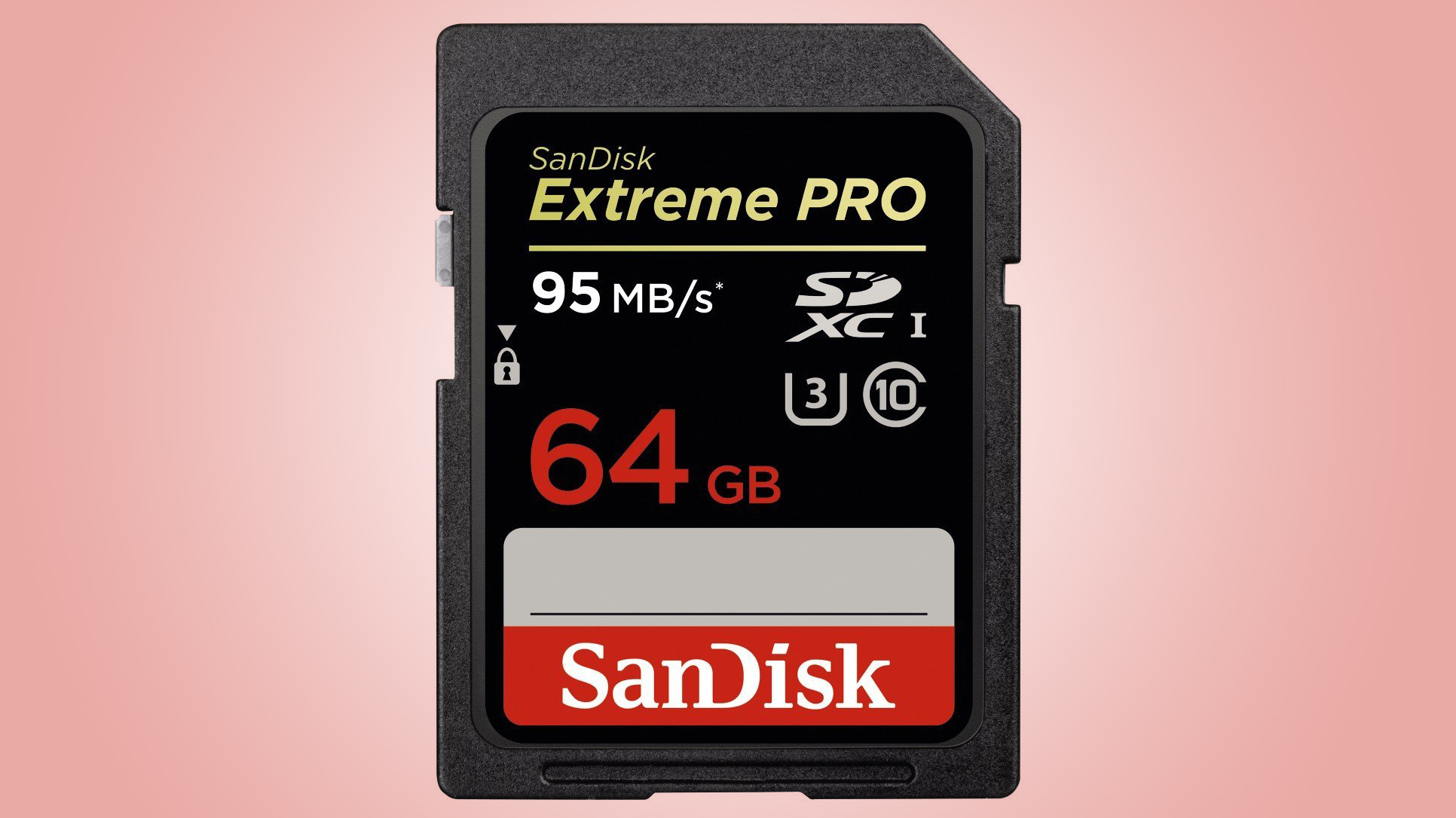
Most cameras accept SDHC and SDXC memory cards and there’s a huge selection of these around, but if you’ve never needed to buy one before you’ll probably be confused by what all those number and symbols on the front of them mean.
Memory cards vary in terms of how many images and videos they can fit, and how quickly they work. If you’re using the priciest cameras then it pays to spend a nice sum on a card that will do its capabilities justice, but most people just want something reliable and affordable that will still work well if they upgrade their camera at some point in the future.
This option from market-leader Sandisk is perhaps the best all-round option for most users right now. It’s fast enough to deal with a barrage of images captured at once, and just as happy to record high-resolution 4K video, and it comes in a range of capacities to suit your specific requirements.
It’s protected against water, shock and even x-rays and Sandisk even throws in free image recovery software should you delete your images accidentally or get into other bother. As a future-proof option from a big name, it’s hard to do much better at this price.

- 10 essential accessories for your new camera
- Best camera accessories: 21 essential bits of kit for your camera
- Best Canon lenses: 20 top lenses for Canon DSLRs
- Best travel tripod: 5 carbon fiber stands for your camera
- Best tripod: 10 options to suit all budgets
- Best camera bag: 10 options to protect your camera kit
- Best flashgun: dedicated strobes for Canon and Nikon DSLRs
- Best ND filters: 6 top models tested
- Best ND grad filters: 6 top models tested
from TechRadar - Photography & video capture news https://ift.tt/2mbBOhD